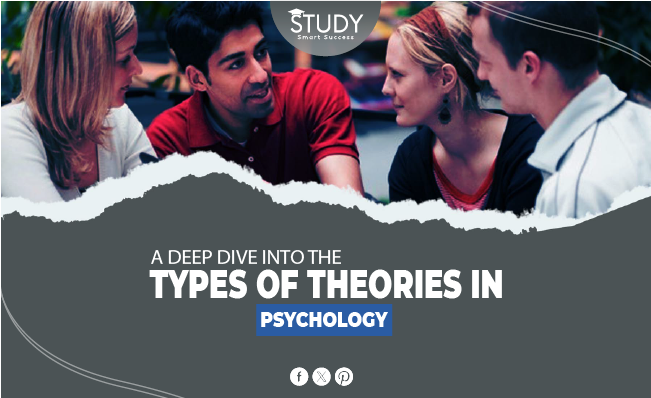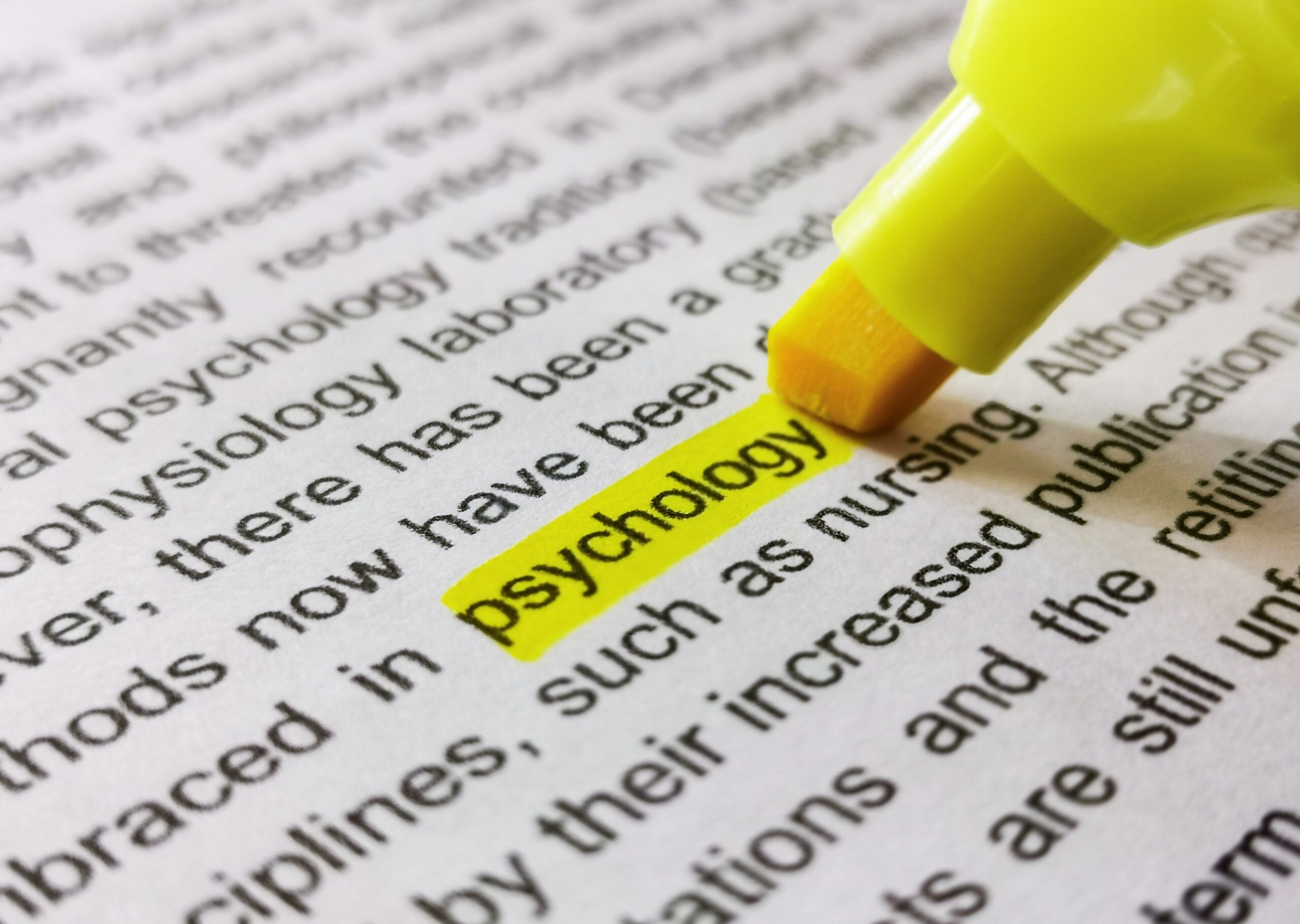Because psychology is so vast, numerous theories seek to explain human behavior, mental processes, and emotions. These theories assist researchers, educators, and students comprehend complicated psychological processes. This comprehensive study examines the different types of psychology theories that appeal to students, psychologists, and educators.
Types of Theories in Psychology
There are 15 types of theories in psychology. This is given below; we’ve covered 15 theories with a short overview. If you want a complete guide about each theory, we’ll work for you.
1. Psychoanalytic Theories
Sigmund Freud founded psychoanalytic ideas, which study how the unconscious mind impacts our beliefs and actions. Carl Jung’s analytical psychology and Freud’s psychosexual development theory are central to Freudian psychology. Both emphasize inherent drives and childhood events shaping humans.
2. Behavioral Theories
Behavioral theories, unlike Freudian theories, emphasize visual actions rather than thoughts. B.F. Skinner and John B. Watson founded behaviorism, the belief that all acts are taught. Here, reward, classical, and operant conditioning are key.
3. Cognitive Theories
Cognitive theories arose from behaviorism’s flaws. They suggested that cognitive processes are needed to comprehend behavior. Albert Bandura’s social learning theory, Jean Piaget’s cognitive development, and Aaron Beck’s cognitive therapy demonstrate the importance of concepts, ideas, and attitudes to human minds.
4. Humanistic Theories
Humanistic psychology is a move toward a more complete understanding of the person, focusing on their growth and becoming their best self. Carl Rogers’ client-centered therapy and Abraham Maslow’s hierarchy of needs are two examples of humanistic theories that focus on the goodness and growth possibilities that exist in every person.
5. Biological Theories
Biological theories in psychology stress how important genetic, brain, and bodily factors are for understanding how minds and behaviors work. Neurotransmitters, brain structures, and genetic predispositions have helped us learn a lot more about mental illnesses like schizophrenia, sadness, and anxiety disorders.
6. Evolutionary Theories
Using natural selection and “survival of the fittest,” evolutionary psychology explores how humans think and act. This theory holds that our ancestors’ environments and survival strategies can explain many human behaviors, from how we marry to how our societies run.
7. Developmental Theories
Learning about how people learn, change, and grow throughout their lives is what developmental psychology is all about. Three main theories—Erik Erikson’s psychological development stages, Piaget’s cognitive development theory, and Vygotsky’s social development theory—explain different parts of human development from birth to adulthood.
8. Social Psychology Theories
Lastly, social psychology theories look into how people’s actions are affected by the people and situations they are in. Leon Festinger’s cognitive dissonance theory and Henri Tajfel’s social identity theory explain how people behave in groups, see other people, and form their identities.
9. Ecological Systems Theory
Urie Bronfenbrenner’s ecological systems theory says humans need numerous habitats to grow. Like society and culture, family and school might be small or large. From this perspective, the interaction between a person and their bodily systems is complex. It also shows how global changes affect human progress.
10. Existential Theories
Psychological theories of existence investigate how people live and find meaning. Existential psychology examines freedom, choice, and human nature and emphasizes taking responsibility for a meaningful life.
11. Constructivist Theories
Constructivists believe humans learn from their experiences and thinking. This view, influenced by Jean Piaget and Lev Vygotsky, holds that learning is more like constructing information in a given situation than just receiving it. Constructivism emphasizes how society and social environments shape our thinking and learning.
12. Positive Psychology Theories
Someone started studying and trying to make people healthier and happier recently. This is positive psychology. Positive psychology emphasizes what makes life worthwhile rather than diseases or mental health issues. Csikszentmihalyi and Martin Seligman are the most influential in this discipline. Strengths, virtues, and life’s meaning are studied. Flow, thankfulness, resilience, and positivity are key to personal growth and happiness.
13. Cross-Cultural Psychology Theories
Culture and psychology share many links. Cross-cultural psychology studies how cultural norms affect behavior, thought, and emotion. The purpose is to establish if and how psychological theories are similar across countries. Also, how do cultural contexts alter people’s experiences? Geert Hofstede and Fons Trompenaars’ cultural theories underpin this field. These ideas study how country cultures differ in beliefs, communication, and interaction. Theories
Psychoeducational theories explain learning and how to improve instruction. These theories explore how people learn, how memories work, what motivates them, and how learning evolves. Psychology and education are combined. Franklin Bloom’s Taxonomy of Educational Objectives and Howard Gardner’s multiple intelligences theory changed schools. Creating inclusive classrooms requires knowing students’ strengths and needs according to these views.
15. Behavioral Economics Theories
Behavioral economics theories examine how mental, emotional, cultural, and social aspects affect people’s and enterprises’ economic choices and how they differ from classical economic theory. This discipline uses economics and psychology to study how people make decisions, challenging the concept that people are logical.
Critical thinkers like Daniel Kahneman and Amos Tversky explain heuristics and biases. They showed that humans make decisions without reasoning. Loss aversion, the endowment effect, and overconfidence demonstrate difficult financial decisions. They explain that they have investing choices and market changes.
Conclusion
The numerous theories in psychology provide diverse perspectives on the complexity of the human mind and behavior. By integrating these theories, psychologists, instructors, and students may better comprehend psychological events. These theories help us understand psychology, whether we’re studying the mind, brain, or body.
These theories will shift, overlap, and expand as we learn more about the mind, reflecting psychology’s complexity. Anyone interested in psychology who wants to understand human behavior must recognize and appreciate this variability.
Psychological theories are fun and informative for anyone interested in the mind.



